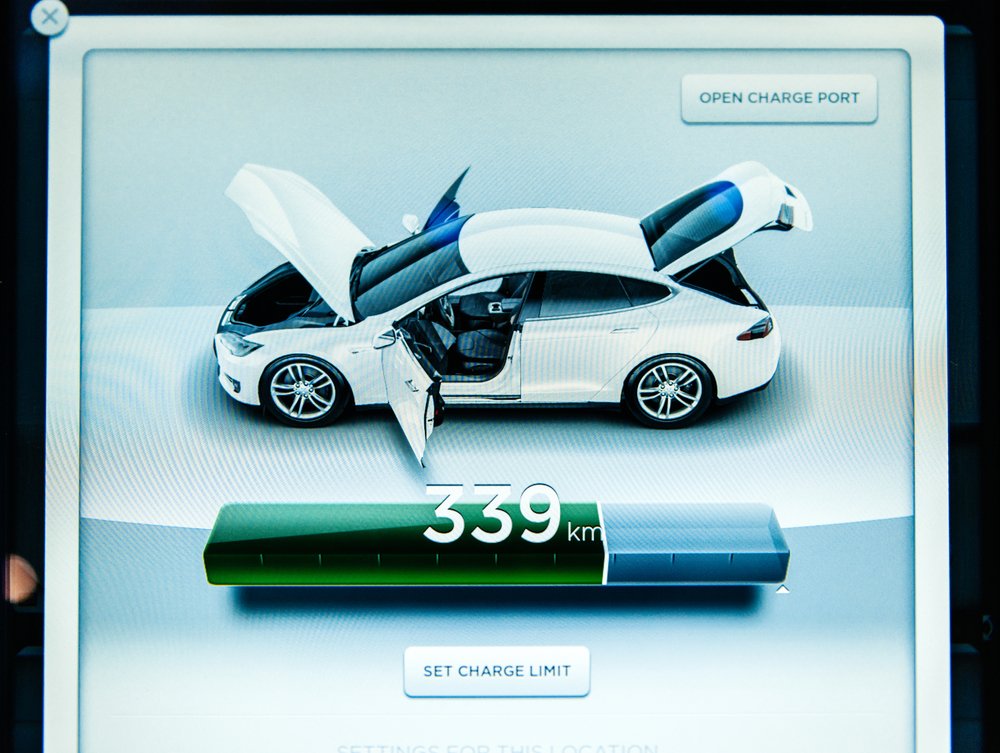
The recent CES event showcased how automakers and suppliers are looking at ways to lightweight electric vehicles to help boost range and curb range anxiety.
Today’s lithium-ion batteries can only take EVs so far. The BBC explored lightweighting strategies being undertaken to improve in this area.
“Every ounce of that weight reduction improves range,” Andrew Poliak, US chief technology officer of Panasonic Automotive, told the BBC.
It reported that the company says it has developed components like speakers and audio system used in EVs that weight 30-60 per cent less. And they draw 60 per cent less power from the vehicle without affecting performance.
“With electric vehicles using our lightweighting technology, like wiring and harness (which hold the wires in place) reduction technologies, and our technological advancements in the amplifiers and in algorithms that are used to make audio system sound good, we put all those to bear to bring a really nice sound system while actually reducing the amount of power drain,” Poliak said.
Last year, Panasonic introduced a smaller speaker capable of producing the same performance as a larger one, significantly reducing weight in a vehicle. At this year’s show, they showcased other components being worked on to further lightweighting efforts, the BBC reported.
Honda is looking at the battery itself to shed weight. It’s going down the path of solid-state batteries, which are smaller and lighter than the lithium-ion ones you’d find in most electric vehicles today. Solid-state can charge faster and is less susceptible to heat-related damage from fast-charging.
That, in turn, brings added benefits. Not having to worry about overheating means removing the safety measures in place for it, thus further lightweighting the vehicle.
“When you add weight to the vehicle, it means you need a bigger battery to attain the same range,” Honda spokesperson Chris Martin told the BBC. “It has a cascading effect because of the vulnerability of lithium-ion batteries. If you can remove that vulnerability, you can reduce vehicle weight and put batteries in new locations. If you wanted to keep the vehicle the same way, you could theoretically take out some of the crash structure that was just protecting the battery — not the people — and put in more battery.”






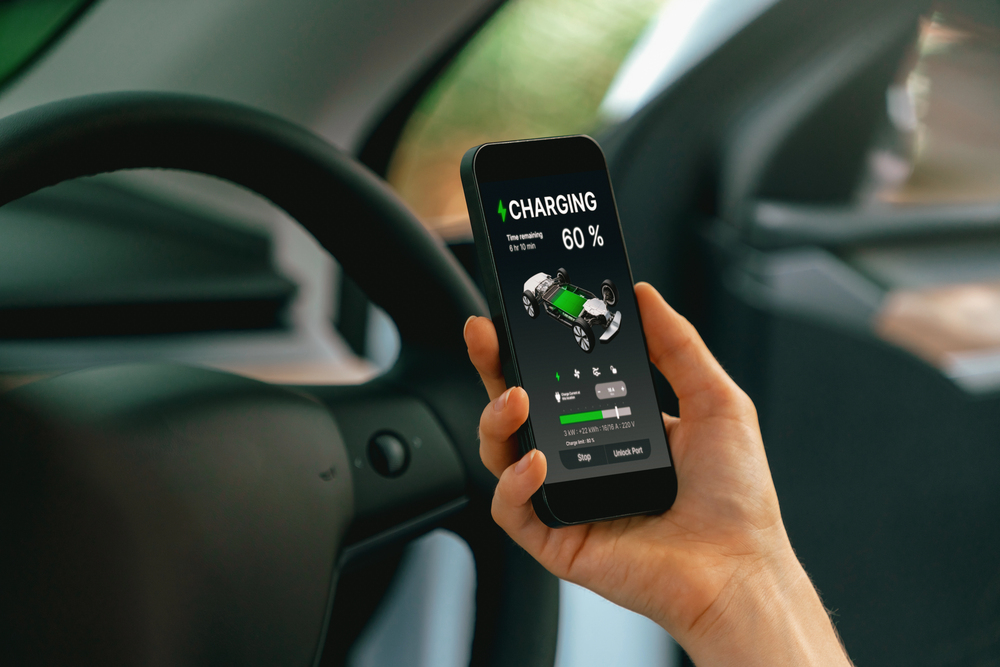
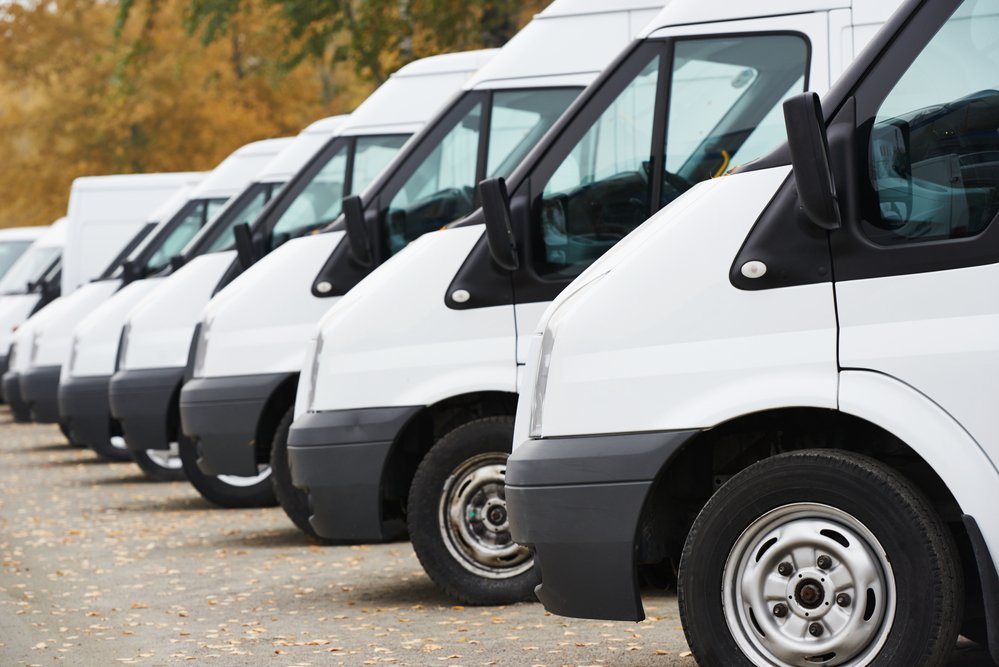

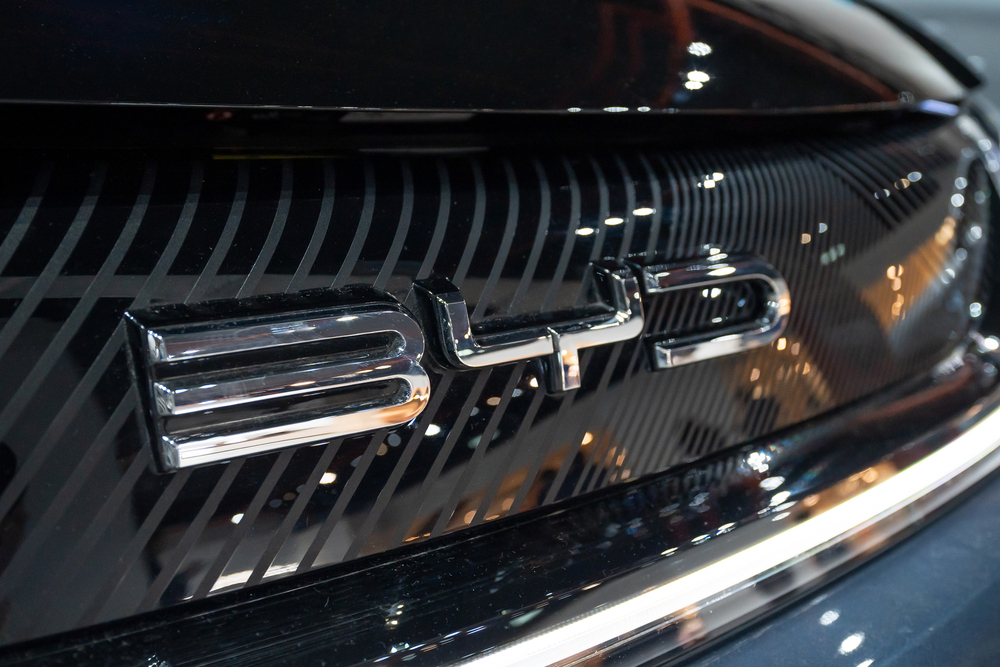
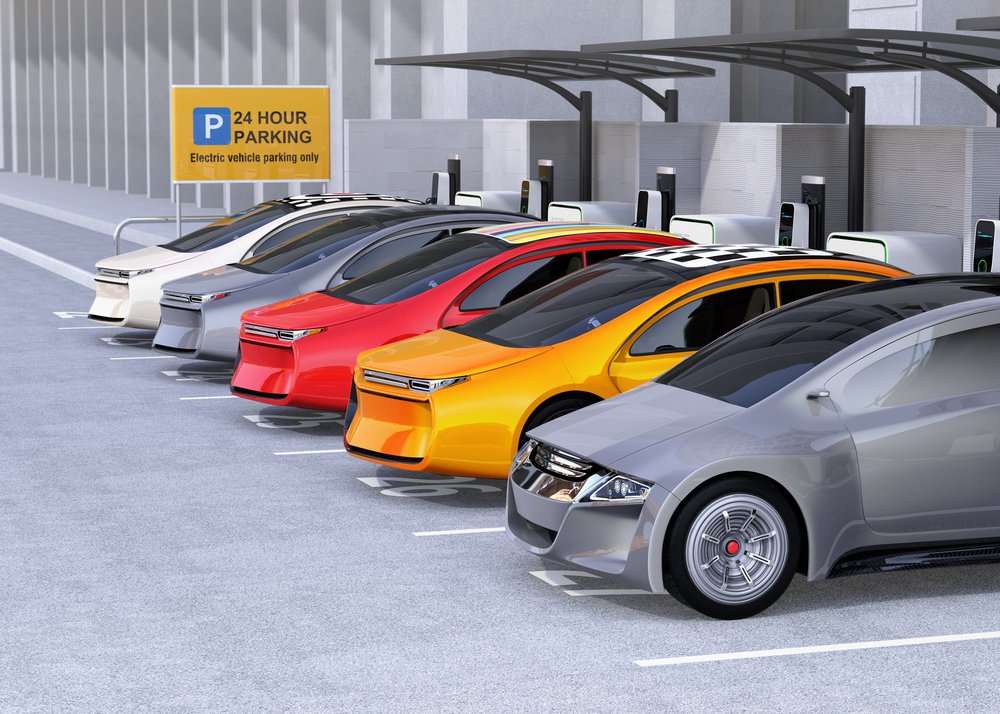
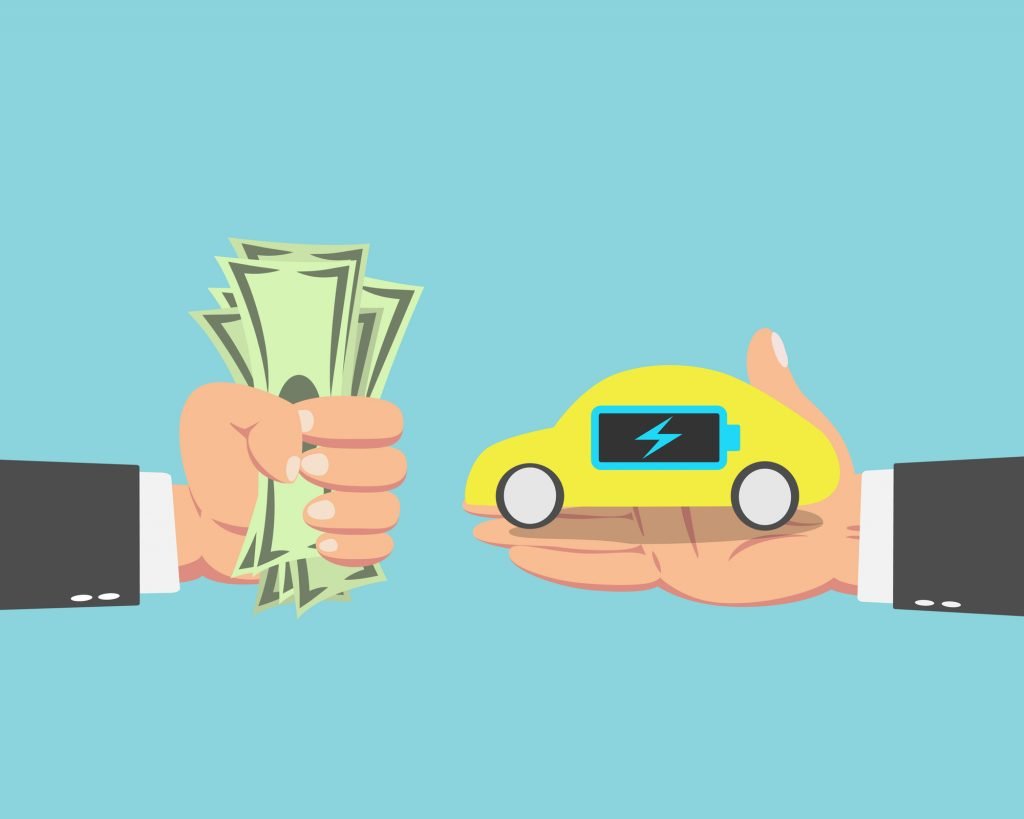
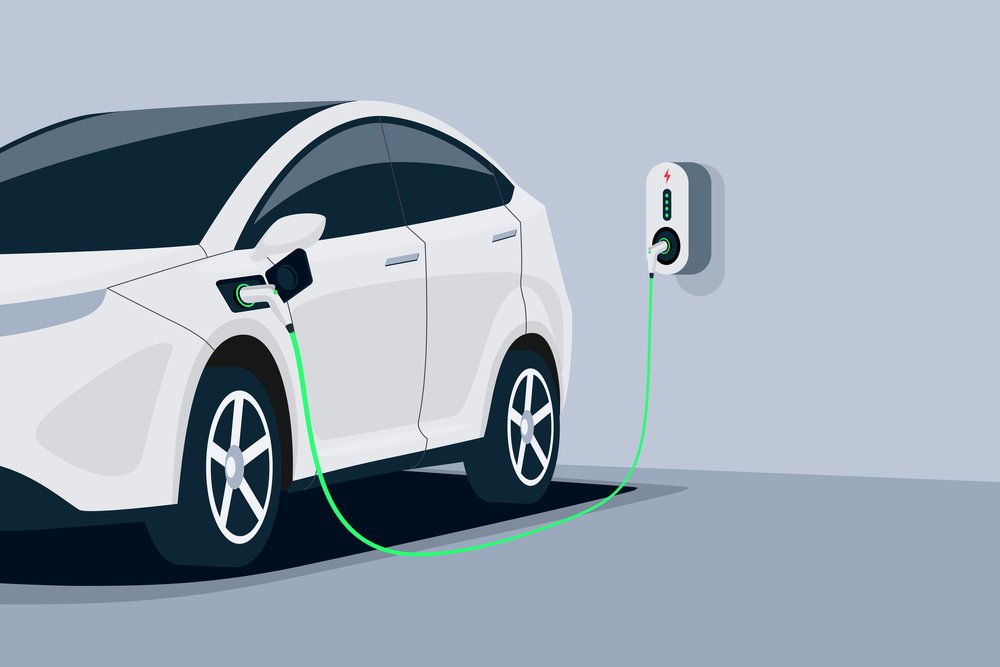
Leave a Reply